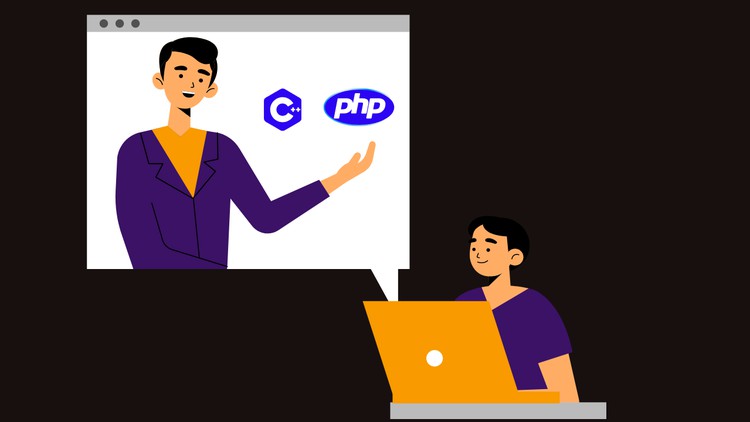Code your own Unity Game!
Summary
The “Code Your Own Unity Game!” course is designed for beginner Unity developers who have basic computer skills. The course provides a practical approach to game development by guiding learners through the creation of a game inspired by the old Apple II game called Sabotage. The course promises to cover a variety of essential Unity skills while ensuring that learners enjoy the process.
Course Objectives and Skills Learned
Game Development Fundamentals:
- Coordinate System for GameObjects: Understand how to navigate and manipulate the coordinate system within Unity.
- Sprites and Images: Learn how to convert images into sprites and control their appearance and behavior on the screen.
- Mouse Input: Discover how to read mouse positions and translate them into rotational values for game objects.
- Pivot Points: Adjust pivot points for sprites to control their movement and rotation accurately.
- Prefab Creation and Instantiation: Create reusable sprite prefabs and instantiate them dynamically within the game.
- Smooth Movements: Implement smooth object movements using
Time.deltaTimeto ensure consistent behavior across different frame rates. - Tags and GameObject Organization: Use tags to organize game objects effectively and overcome prefab limitations.
- Child GameObjects: Create and manage child game objects to assemble more complex structures from simpler parts.
- Particle Systems: Design particle systems and sub-emitters to add visual effects like explosions and smoke.
- UI Development: Create and adjust UI elements, such as text fields for keeping score, and ensure the UI canvas fits the game area properly.
- Sound Integration: Add sound effects to game objects and create standalone sound objects to enhance the gameplay experience.
Course Structure
The course is divided into eight lectures, each building upon the last to gradually develop the game and the necessary skills:
- Setup and Cannon Controls (12:51):
- Setting up the project and importing images.
- Creating and controlling the cannon.
- Firing and Helicopters (15:32):
- Adding bullets and helicopters to the game.
- Air Traffic Controller (09:19):
- Managing multiple helicopters to prevent collisions.
- Geronimo! We have Paratroopers (11:56):
- Adding paratroopers that jump out of exploding helicopters.
- Blood is Shed (14:23):
- Implementing the interaction between bullets and paratroopers, including graphic effects for hits and losses.
- Keeping Score (09:39):
- Creating a scoreboard and implementing the logic for adding and subtracting points.
- Detecting end-game conditions.
- Troops Beat Cannon (09:03):
- Programming the troopers to storm and destroy the cannon.
- Adding fireworks for a dramatic game conclusion.
- Sounds Like the End (15:21):
- Incorporating sound effects for various game actions, such as shots, explosions, and screams.
- Concluding with gameplay showcasing all features.
Conclusion
The “Code Your Own Unity Game!” course offers a comprehensive introduction to Unity game development. By recreating the classic game Sabotage, learners acquire a solid foundation in essential Unity skills such as sprite management, user input handling, prefab usage, and sound integration. The course’s hands-on approach ensures that learners not only understand the concepts but also apply them in a fun and engaging way, resulting in a complete, playable game by the end of the training.
What You’ll Learn
- Game Development
Requirements
-
Basic computer skills
Description
We will make a game based on an old Apple II game called Sabotage. In the process we will cover several helpful skills in Unity.
- Learn the coordinate system for GameObjects
- Turn images into Sprites and control them on the screen
- Read the mouse position and convert it into rotational value
- Change the pivot point for sprites (images)
- Creating Sprite prefabs and Instantiating them
- Creating smooth movements using Time.deltaTime
- Using Tags to organize GameObjects and overcoming limitations of prefabs
- Creating child GameObjects to join Sprites together
- Creating particle systems and sub-emmiters
- Creating UI text fields for keeping score
- Adjusting UI canvas to fit the game area
- Adding sounds to GameObjects
- Creating stand-alone game sound objects
You won’t even realize you learned these things because you will be having so much fun!










